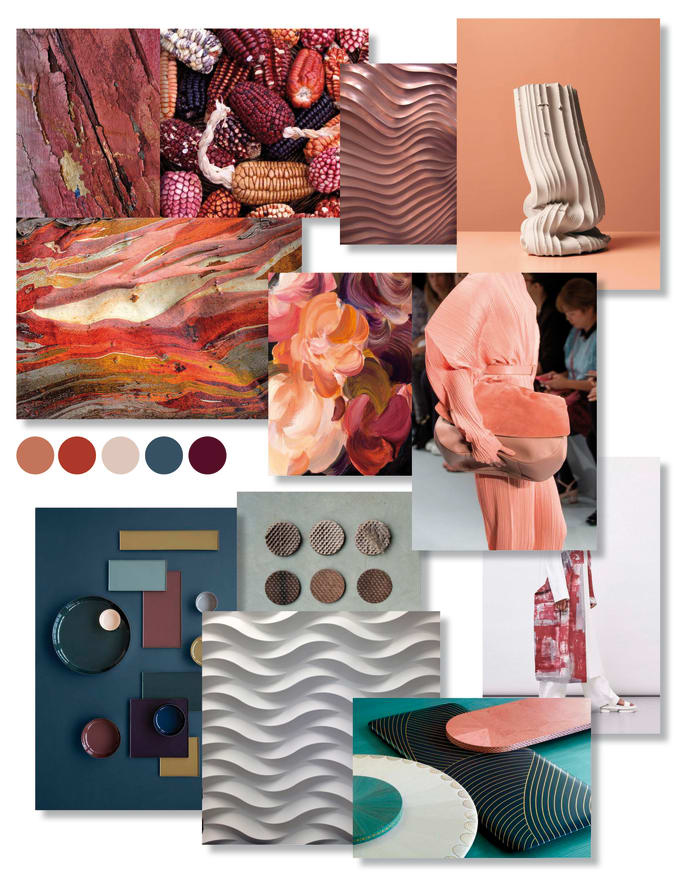
In the physical version, it is possible to explore objects such as paints, fabrics, papers, metals, and perfumes more completely in addition to organic materials such as plants. Physical boards require greater effort to be formatted and can be exposed in physical environments such as on the wall of a working space. Different stakeholders can contribute with their visions and reach a common ground, making everyone more confident about the direction of the project.Ī mood board can be physical or digital, and both have their values: Digital boards are quicker to assemble, format, and accept natively digital references such as animations and GIFs. An idea is, by definition abstract, and outlining thoughts is one of the most important roles of a digital or physical board.

When a board is concluded, it becomes a reference for the team throughout the project.

At the beginning of the project, a mood board is a space where designers can explore their ideas freely, without judgment.
Exploration and guidance for designers. Several research steps can be taken in the form of mood boards such as benchmarking research, definition of personas, and ideation of user interfaces. They work as a centralized asset repository and can be accessed at any time by the team. These panels are used to connect ideas in an abstract way, unifying the vision from stakeholders, users, and the design team. Photos, illustrations, colors, animations, fonts, textures, and even smells can compose a mood board that will serve to illustrate the emotions we want to evoke in the users and also to align the creative vision. It thus balances the seemingly contradictory challenges of organizing creative people. The mood board is able to maintain plurality and autonomy while also directing and aligning. Mood boards are visual panels that bring together different sensory references that create an emotional environment that works as a guiding thread for creative decisions. Professionals from all creative fields use mood boards as a powerful tool for visualizing ideas and concepts given their great ability to synthesize abstract concepts such as emotions, desires, and thoughts. An initial step, often underestimated by UX designers, is to set the tone that will guide and inspire the team during the entire creative process. 
When starting a user-centered project, it is easy to think of brainstorms, UI design, wireframes, and sophisticated prototypes.







 0 kommentar(er)
0 kommentar(er)
